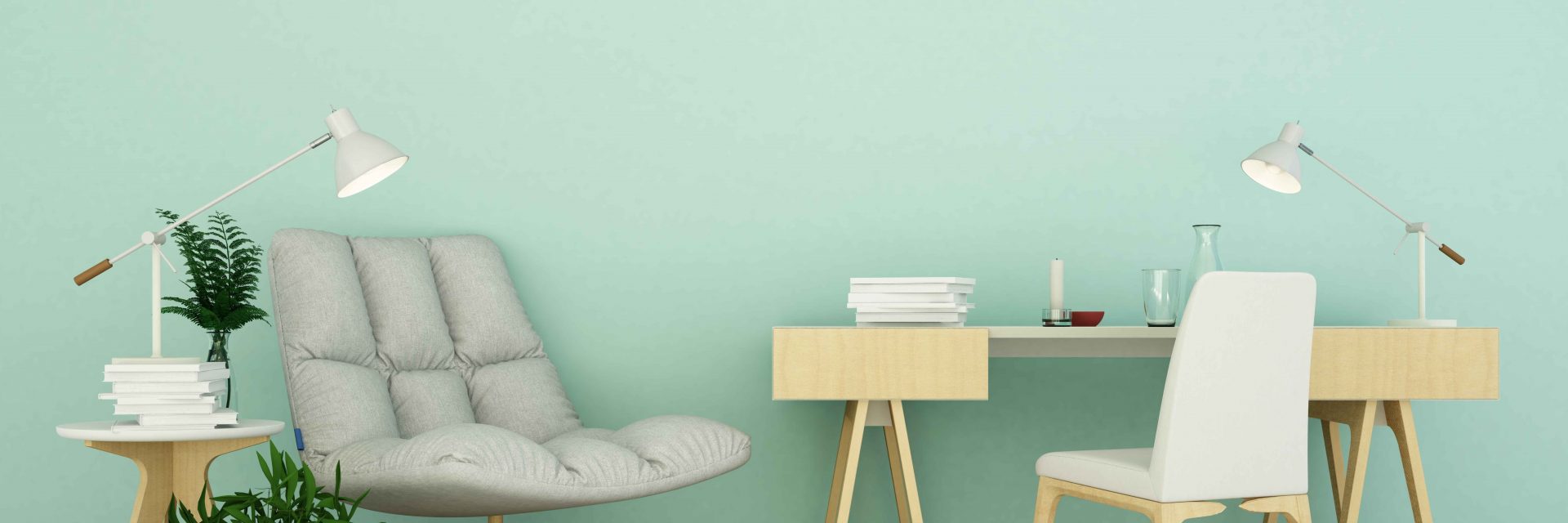Learn Just How Seasonal Variables Affect Industrial External Paint Success And Discover The Most Effective Times To Guarantee Long-Term Outcomes For Your Job
Learn Just How Seasonal Variables Affect Industrial External Paint Success And Discover The Most Effective Times To Guarantee Long-Term Outcomes For Your Job
Blog Article
great site Created By-Aguilar Whalen
When you're planning an industrial outside paint project, seasonal elements can make or break your results. You'll wish to think about how temperature level and humidity influence paint application and drying times. Choosing the best period can guarantee your paint adheres correctly and lasts much longer. However which periods are truly the very best for this kind of job? Let's check out the crucial elements that can affect your job's success.
The Influence of Temperature on Paint Application
When you're intending an industrial outside painting job, the temperature level can dramatically affect how well the paint adheres and dries.
Preferably, you intend to repaint when temperatures range in between 50 ° F and 85 ° F. If it's also cool, the paint might not heal effectively, resulting in concerns like peeling or fracturing.
On the flip side, if it's as well hot, the paint can dry too swiftly, preventing appropriate bond and resulting in an irregular surface.
You need to likewise take into consideration the time of day; morning or late afternoon provides cooler temperatures, which can be more beneficial.
Always check the supplier's recommendations for the certain paint you're making use of, as they often offer guidance on the excellent temperature variety for ideal outcomes.
Moisture and Its Impact on Drying Times
Temperature isn't the only ecological aspect that influences your business outside painting project; humidity plays a considerable function too. High moisture degrees can slow down drying out times drastically, influencing the general quality of your paint job.
When the air is filled with wetness, the paint takes longer to heal, which can bring about issues like inadequate bond and a higher threat of mildew development. If house painters in fort worth tx on a particularly moist day, be planned for extensive delay times between layers.
It's important to keep track of regional weather and plan accordingly. Ideally, go for humidity degrees in between 40% and 70% for optimum drying.
Keeping these consider mind guarantees your job stays on track and delivers a lasting coating.
Best Seasons for Commercial Exterior Paint Projects
What's the best time of year for your commercial exterior paint projects?
Springtime and very early fall are usually your best choices. During these periods, temperature levels are moderate, and humidity levels are typically reduced, producing ideal problems for paint application and drying out.
Stay clear of summer season's intense heat, which can trigger paint to completely dry too swiftly, leading to bad attachment and coating. Likewise, winter months's chilly temperatures can hinder appropriate drying and healing, taking the chance of the longevity of your paint work.
Go for days with temperature levels in between 50 ° F and 85 ° F for optimum results. Remember to examine the local weather forecast for rainfall, as wet conditions can wreck your project.
Planning around these elements guarantees your painting project runs efficiently and lasts longer.
Verdict
In conclusion, planning your industrial external painting jobs around seasonal considerations can make a substantial distinction in the result. By organizing work during the excellent temperatures and humidity levels, you'll make sure better adhesion and drying out times. Remember to keep an eye on neighborhood weather report and choose the correct time of year-- springtime and very early autumn are your best choices. Taking these steps will certainly assist you achieve a durable and professional finish that lasts.
